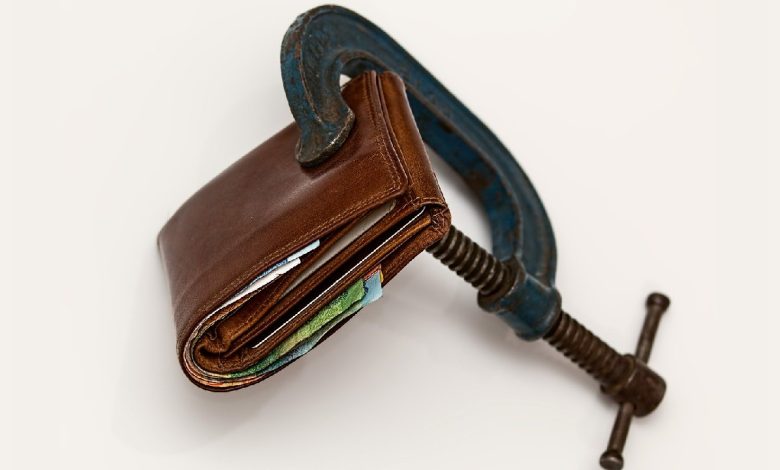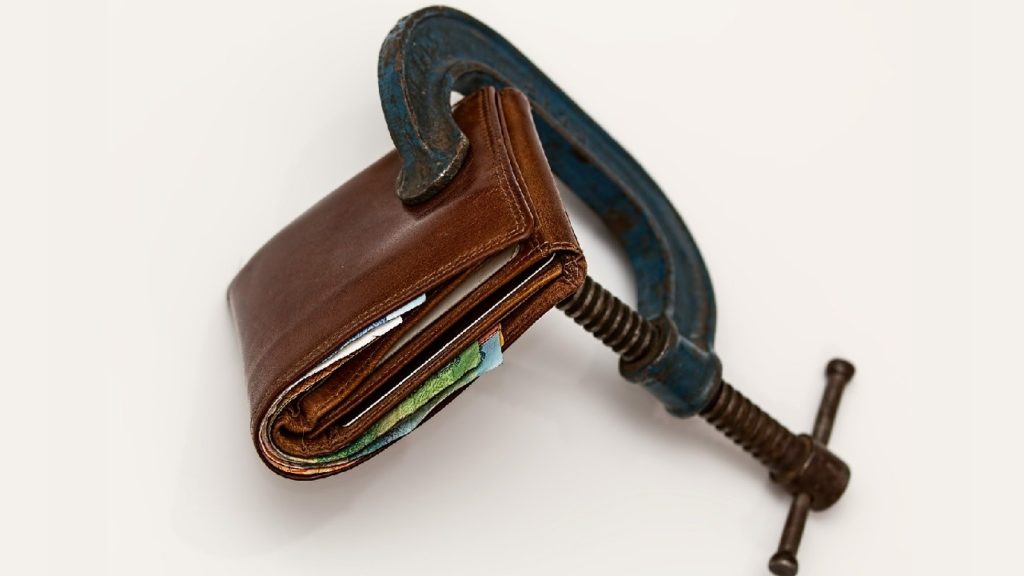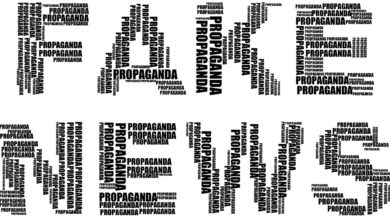Number of Americans Living Paycheck to Paycheck Approaching All-Time High

Inflation is squeezing American budgets to the breaking point.
According to a LendingClub survey, the number of Americans living paycheck to paycheck is nearing record levels.
As of September, 63% of Americans were living paycheck to paycheck. That’s just one percentage point below the record high of 64% last spring. To put it into perspective, the number of people feeling this kind of strain a year ago was around 57%.
LendingClub financial health officer Anuj Nayar said Americans can’t keep up with rising prices.
Consumers are not able to keep up with the pace that inflation is increasing. Being employed is no longer enough for the everyday American. Wage growth has been inadequate, leaving more consumers than ever with little to nothing left over after managing monthly expenses.”
While wages have increased, they have not kept pace with rising prices. On an annual basis, real average hourly earnings decreased by 3.0% from September 2021 to September 2022 (seasonally adjusted). It was the 18th consecutive month of declining real wages on an annual basis.
This means while you got a 5.2% raise over the last year, your purchasing power dropped 3%. In other words, you have more dollars in your pocket, but you can’t buy as much with them. In effect, you got a 3% pay cut this year.
That is impacting household budgets.
Even high-earners are struggling to make ends meet with rising prices. Of six-figure earners surveyed by LendingClub, 49% reported living paycheck to paycheck, a jump from the previous year’s 38%.
With budgets strained and prices rising, American consumers have been forced to cut back on purchases. Sixty percent of those surveyed said they have reduced their spending.
High prices are also forcing some people to dip into savings. According to a survey by Bankrate.com, the percentage of people who are uncomfortable with the amount of money in savings is now 58%, up from 44% two years ago.
Meanwhile, many Americans are turning to credit cards to handle everyday expenses. Revolving credit, primarily reflecting credit card debt, rose by another $17.1 billion in August. To put the 18.1% increase into perspective, the annual increase in 2019, prior to the pandemic, was 3.6%. It’s pretty clear that with stimulus money long gone, Americans have turned to plastic in order to make ends meet as prices continue to skyrocket.
This probably explains why consumer sentiment tanked in October. There was some consumer optimism in the previous two months, probably because of talk that inflation was cooling. But the latest CPI data made it clear an end to inflation is nowhere in sight. The Conference Board Consumer Confidence Index released Tuesday dropped to 102.5 this month, a decline from 107.8 in September and 103.2 in August.
“Notably, concerns about inflation, which had been receding since July, picked up again, with both gas and food prices serving as main drivers,” Lynn Franco, senior director of economic indicators at The Conference Board said.
The bottom line is that persistent inflation is causing significant economic pain.
Economists and pundits talk about inflation as an academic exercise. They rarely reflect on the fact that rising prices have real impacts on real people. And if you happen to be somebody living on a fixed income or savings, you’re really screwed as inflation is rapidly eating away your purchasing power and your income streams aren’t increasing at all. Inflation always causes the most pain for the poor and elderly.
Call 1-888-GOLD-160 and speak with a Precious Metals Specialist today!
Buka akaun dagangan patuh syariah anda di Weltrade.
Source link







